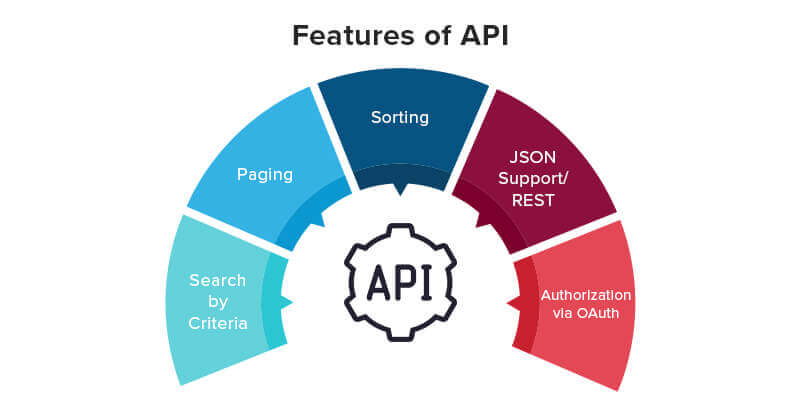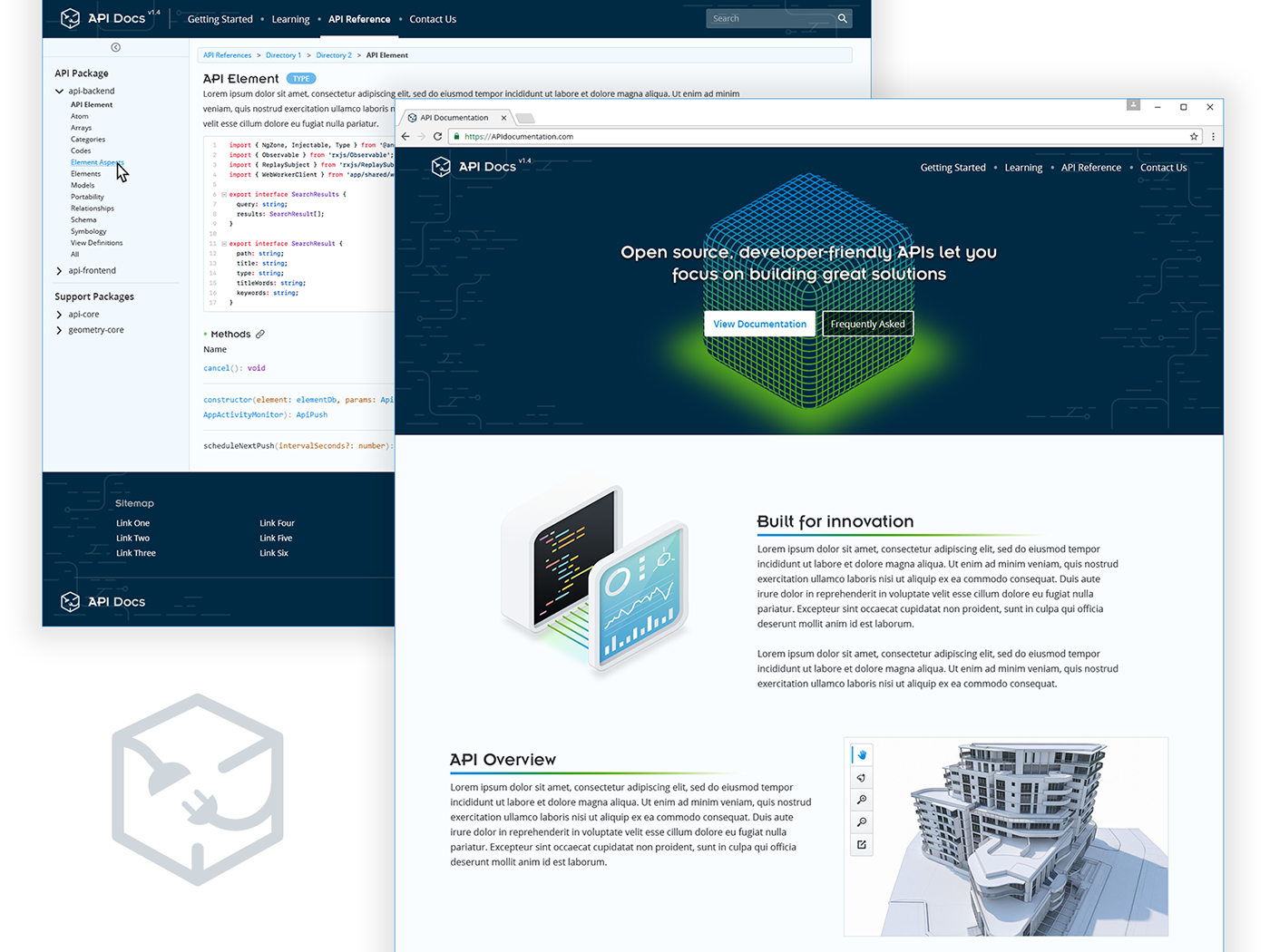If you're a creative professional or a developer looking to harness the power of the Behance platform, you're in the right place! In today's digital landscape, utilizing APIs (Application Programming Interfaces) is essential to integrate platforms and enhance functionality. Behance, a popular platform for showcasing and discovering creative work, offers an API that can open up a world of opportunities for developers. In this post, we'll dive into what the
What is the Behance API?

The Behance API is a set of programming tools provided by Behance that allows developers to access and interact with the vast amount of creative content hosted on their platform. Think of it as a gateway that lets you query, retrieve, and manipulate data related to projects, users, and collections hosted on
Here are a few key features of the Behance API:
- Access to Projects: Retrieve detailed information about projects uploaded by various users, including images, descriptions, and tags.
- User Information: Get comprehensive stats about users, such as their portfolios, followers, and the projects they’ve liked.
- Collections: Access curated collections of projects based on themes or categories, making it easy to find inspiration.
- Search Functionality: Utilize search endpoints to filter projects or users based on keywords, making content discovery simpler.
In short, the Behance API is an incredibly valuable tool for creatives and developers alike, enabling them to create engaging applications while seamlessly integrating into the Behance ecosystem. Whether you want to showcase impressive portfolios or analyze trends within the creative community, the API provides a solid foundation primed for exploration.
Also Read This: Explore How to Download Video from Bilibili With This Simple Step
Benefits of Using the Behance API

The Behance API offers a wealth of opportunities for developers looking to tap into the creativity and collaborative potential of the Behance platform. Here are some standout benefits:
- Access to a Vast Creative Network: With the Behance API, you can interact with millions of creative projects and profiles, expanding your application's capabilities and offering a broader range of content.
- Enhanced User Engagement: By incorporating Behance content into your platform, you can significantly boost user engagement. Users love visual content, and the API allows you to showcase stunning portfolios effortlessly.
- Seamless Integration: The Behance API is designed to integrate smoothly with various applications. Whether you're building a website or a mobile app, it’s easy to pull in projects, filters, and user data.
- Customizable Features: You can tailor the API to meet specific user needs, allowing you to select and present only the most relevant content for your audience.
- Data Analytics: By accessing project views and user interactions, you can gather insights into what types of art or design resonate with your audience. This can inform your app's future development.
Ultimately, utilizing the Behance API can help you leverage a rich repository of creative works, allowing you to enhance your application and provide unique value to your users.
Also Read This: Can Behance Be Used for Video Editing? Everything You Need to Know
Step-by-Step Guide to Get Access to the Behance API

Ready to dive into the world of Behance API? Here’s a simple step-by-step guide to help you obtain access:
- Create a Behance Account: If you don’t already have a Behance account, head over to Behance.net and sign up. It’s quick and easy!
- Visit the Behance API Documentation: Navigate to the official Behance API Developer Page. Here you’ll find all the resources you need about the API, including methods and data formats.
- Register Your Application: To access the API, you need to register your application. Click on the “Get Started” button and fill out the required fields, such as app name, description, and any callback URLs.
- Receive Your API Key: Once you submit your application detail, you’ll receive a unique API key. Keep this key secure as it’s required for all your API requests.
- Read the Terms of Use: Make sure to familiarize yourself with Behance’s API Terms of Use. It’s vital to comply with their guidelines to avoid any potential issues down the line.
- Start Making API Calls: With your API key in hand, you’re ready to start integrating. Refer back to the API documentation for guidance on crafting your API requests.
Following these steps will set you on the right path to accessing the Behance API and unlocking its rich features. Enjoy the adventure of creating something amazing!
Also Read This: Simplifying Image Downloading with the Best 123RF Images Downloader
Key Features of the Behance API
The Behance API is a treasure trove for developers looking to tap into the world of creative portfolios, projects, and user interactions. Here are some of its standout features that make it a powerful tool for creative projects:
- Project Data Retrieval: You can easily fetch detailed information about projects uploaded by users. This includes project titles, descriptions, images, and even the tools used to create them. This is ideal for showcasing portfolios on your platform.
- User Data Access: The API allows you to pull information about individual users, including their profiles, follower counts, and the projects they’ve created. This makes user engagement and community building much simpler.
- Search Functionality: With its robust search capabilities, you can search for projects by various criteria such as keywords, tags, or specific categories. This makes it easy to find exactly what you need and present it to your users.
- Pagination Support: As project data can be expansive, the Behance API supports pagination. This ensures that you can manage large sets of data efficiently, loading it in a seamless manner.
- Thumbnail Images: The API provides options for retrieving small image versions of projects, making it easier to create visually appealing galleries without heavy loading times.
All these features make the Behance API a robust choice for anyone looking to integrate creative content into their applications.
Also Read This: 123RF’s Top Selling Images of 2023: Predicting the Next Wave of Popular Content
Common Use Cases for the Behance API
Developers and designers alike find various ways to utilize the Behance API for different projects. Here are a few of the most common use cases:
| Use Case | Description |
|---|---|
| Portfolio Websites | Integrate Behance projects to showcase creative work directly on personal or agency websites, allowing users to view projects without leaving the site. |
| Project Aggregators | Build platforms that compile and categorize projects from various designers, providing a wealth of inspiration and creative ideas to users. |
| Social Media Dashboards | Create applications that aggregate and highlight projects from Behance on social media, promoting user-generated content. |
| Creative Communities | Develop platforms focusing on collaboration and inspiration, where users can share, like, or comment on different projects hosted on Behance. |
| Data Analysis: | Utilize project and user data for analytics to understand trends in creativity, project popularity, or user engagement over time. |
Overall, the Behance API opens up a myriad of possibilities for anyone interested in leveraging creative content efficiently and creatively.
Also Read This: Best Hassle Free Bilibili Mp3 Downloader
7. Tips for Developers Working with the Behance API
Getting started with the Behance API can be an exciting journey, especially if you're passionate about creative portfolios and showcasing design work. Here are some handy tips to help you make the most out of your experience:
- Understand the API Documentation: Before diving into coding, take some time to thoroughly read the Behance API documentation. It provides essential information regarding endpoints, request methods, and responses.
- Use API Keys Wisely: Don't forget to keep your API key secure. Avoid hardcoding it into your applications to minimize vulnerability. Instead, consider using environment variables or configuration files to store sensitive information.
- Experiment with Endpoints: Try making sample requests to different endpoints provided by the API. This trial-and-error approach will give you a hands-on understanding of how things work.
- Implement Rate Limiting: The Behance API has certain rate limits in place. Make sure to implement checks in your app to avoid exceeding these limits, as doing so could temporarily block your access.
- Utilize Pagination: When fetching large sets of project data, always use the pagination features. This not only optimizes your requests but also ensures that you're not overwhelmed with data.
- Join the Community: Don't hesitate to connect with fellow developers. Platforms like GitHub or Reddit can be treasure troves of information and support!
By following these tips, you'll not only enhance your API experience but also contribute to creating a more vibrant ecosystem around creative portfolios.
8. Conclusion
In conclusion, obtaining and utilizing the Behance API can significantly elevate your project, whether you're developing an application, integrating creative content, or simply wanting to explore a plethora of artistic portfolios. With the right tools and mindset, you can transform how users experience design work online.
We've covered essential aspects such as:
| Key Points | Description |
|---|---|
| API Key Acquisition | How to obtain your unique API key for making requests. |
| Endpoints and Requests | Understanding which endpoints to utilize for fetching data. |
| Tips for Developers | Best practices to enhance your development experience. |
So, whether you're a seasoned developer or just starting out, the Behance API is packed with potential. Embrace it, and watch as your creative visions come to life. Happy coding!
 admin
admin








